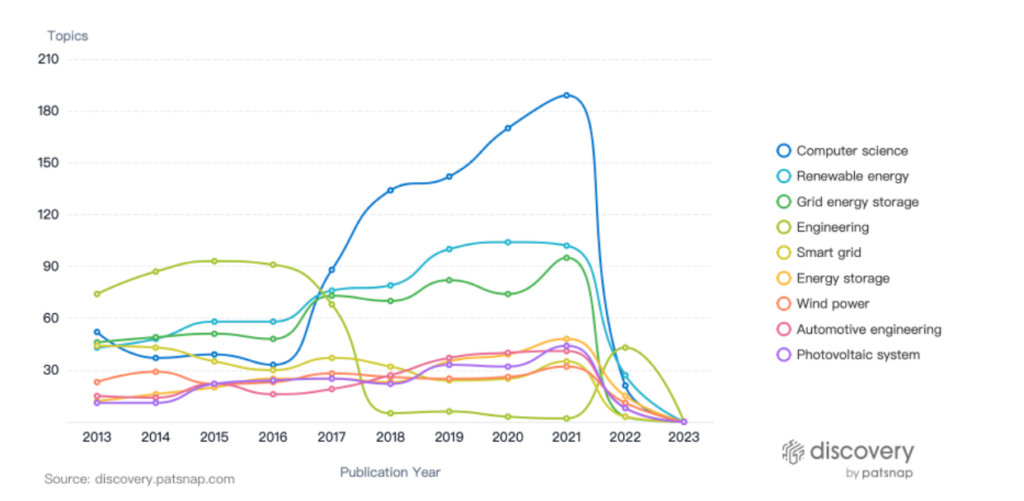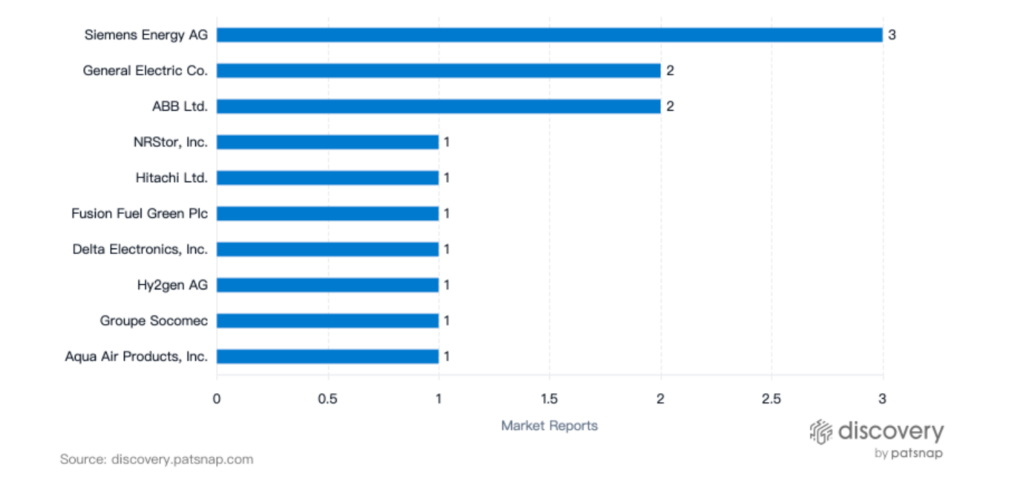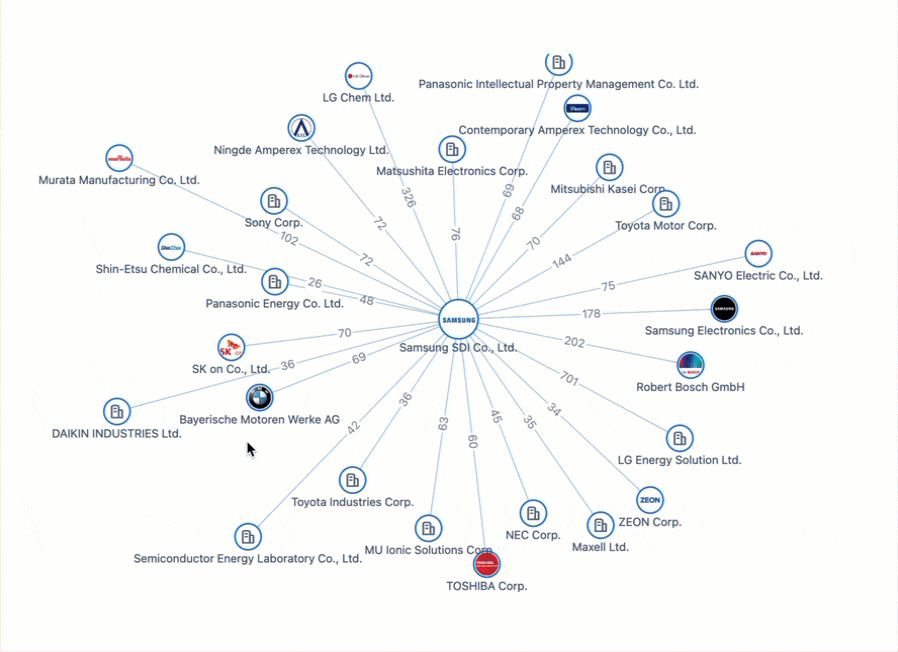Using Renewables in Energy Grids–Challenges & Solutions
As the world continues to transition to renewable energy, integrating these new sources of power into the existing energy grid presents a unique set of challenges.
In this article, we explore the obstacles faced when integrating renewables, as well as potential solutions to overcome them.
The Challenge of Integrating Renewables
Integrating renewable energy sources, such as solar and wind power, into the existing energy grid is not a simple task. One of the biggest challenges is the variability of these sources. Unlike traditional fossil fuels, which can be burned on demand to produce energy, solar and wind power are dependent on weather conditions and fluctuate throughout the day. This can create instability in the grid and require constant balancing to ensure a consistent supply of power.
Another challenge is the lack of infrastructure to support the transmission and storage of renewable energy. While there have been significant advancements in renewable energy technology, the existing energy grid was not designed to handle these sources of power. This can create bottlenecks in the system and make it difficult to efficiently move energy from where it is produced to where it is needed. Additionally, there are regulatory challenges to consider which can delay or block renewable energy projects from coming to fruition.

The rapid pace of technological innovation has resulted in the emergence of numerous sub-technology areas in recent years. Two areas that have seen significant growth and development are computer science and energy grid technologies. While these may seem like unrelated fields, there are in fact numerous opportunities for cross-collaboration and innovation between them.
For example, one area of potential synergy is the use of energy grids in renewable energy sources, such as wind power and photovoltaic energy. By incorporating renewable energy sources into the existing energy grid infrastructure, it is possible to reduce carbon emissions and increase the use of clean energy.
Solutions for Integrating Renewables
Despite the challenges, there are several potential solutions for integrating renewables into the existing energy grid. One approach is the use of smart grids, which can automatically adjust energy production and distribution based on real-time data. This can help to mitigate the variability of renewable sources and ensure a stable energy supply.
Another solution is the development of new energy storage technologies. Advances in battery storage technology have made it possible to store renewable energy for use when it is needed. This can help to reduce the variability of renewable sources and provide a more consistent supply of power to the grid.
Finally, the expansion of the energy grid itself can help to overcome some of the challenges of integrating renewables. By building new transmission lines and upgrading existing infrastructure, it is possible to more efficiently move energy from where it is produced to where it is needed. This can help to reduce bottlenecks in the system and ensure a more stable supply of power.

As the graph above illustrates, Siemens Energy is currently leading the pack in terms of market reports on renewable batteries and storage. With a focus on sustainable energy solutions and a strong commitment to research and development, Siemens Energy is well-positioned to drive innovation and growth in this space.
General Electric and ABB are also major players in the renewable battery and energy storage market, with a significant number of market reports to their name. As the demand for sustainable energy solutions continues to rise, both companies are well-positioned to capitalize on this growing market.
In addition to these established players, there are also a number of emerging organizations in the renewable battery and energy storage space. Aqua Air Products and Hy2gen AG, for example, are both up-and-coming players that are poised to make a significant impact in the industry in the coming years. With a focus on innovation and sustainability, these organizations have the potential to disrupt the market and drive new advances in renewable battery and energy storage technology.
Closing Thoughts
Integrating renewables into the existing energy grid is a complex challenge, but one that is essential for creating a more sustainable future. By understanding the obstacles and potential solutions, we can work towards a more efficient, reliable, and renewable energy system.
To truly maximize the potential of renewable energy, we need to continue to invest in research and development, infrastructure, and regulatory reform. Only then can we create a system that is truly resilient and sustainable, and that will provide a brighter future for generations to come.
Your recommended content
-

All Charged Up: Power Batteries & The Patent Race Shaping the Future of Electric Mobility
Category: Article | Category: battery technology | Category: electric vehicle | Category: EV | Category: lithium ion | Category: lithium ion battery | Category: NEV | Category: new energy vehicles
Monday, April 22, 2024
In the ever-evolving landscape of innovation, the electric vehicle (EV) industry stands as a beacon of technological transformation. As we explore the patents propelling the EV revolution, Apple's venture serves as a poignant example of the challenges even industry giants face in this competitive arena. Join us on a journey through the global patent landscape, where the quest for superior power solutions unfolds, and where the true pioneers of the EV revolution are making their mark.
-

The People vs. AI: Who Owns Ideas in the Era of Generative Artificial Intelligence?
Category: AI era | Category: AI-driven creativity | Category: AI-generated creations | Category: Article | Category: copyright and patent rights | Category: digital innovation | Category: innovation | Category: intellectual property law | Category: legal implications | Category: OpenAI Sora | Category: patent law | Category: Research Tag | Category: Sora | Category: text-to-video generative AI | Category: who owns AI
Monday, April 22, 2024
OpenAI’s Sora software, a text-to-video generative AI model, recently made headlines showing a series of 1-paragraph prompts and some high-quality footage generated based on those prompts. It is a rightfully impressive showing, but it’s still too early to identify how IP law will be disrupted by generative AI. This editorial delves into the multifaceted landscape of Sora's impact, offering insights into the future of innovation and ownership in the AI era.
-

Patsnap Releases 2023 Global Innovation Report: The Brilliant Names to the Dynamic Landscape of Innovation
Category: Article | Category: eBook | Category: Research Tag | Category: Whitepaper
Wednesday, November 15, 2023
The Global Innovation 100 and Global Disruption 50 transcend individual entities, each representing a small innovation ecosystem with numerous subsidiaries. Through the innovation data of these companies, we gain insights into the characteristics, structures, and trends of global innovation.